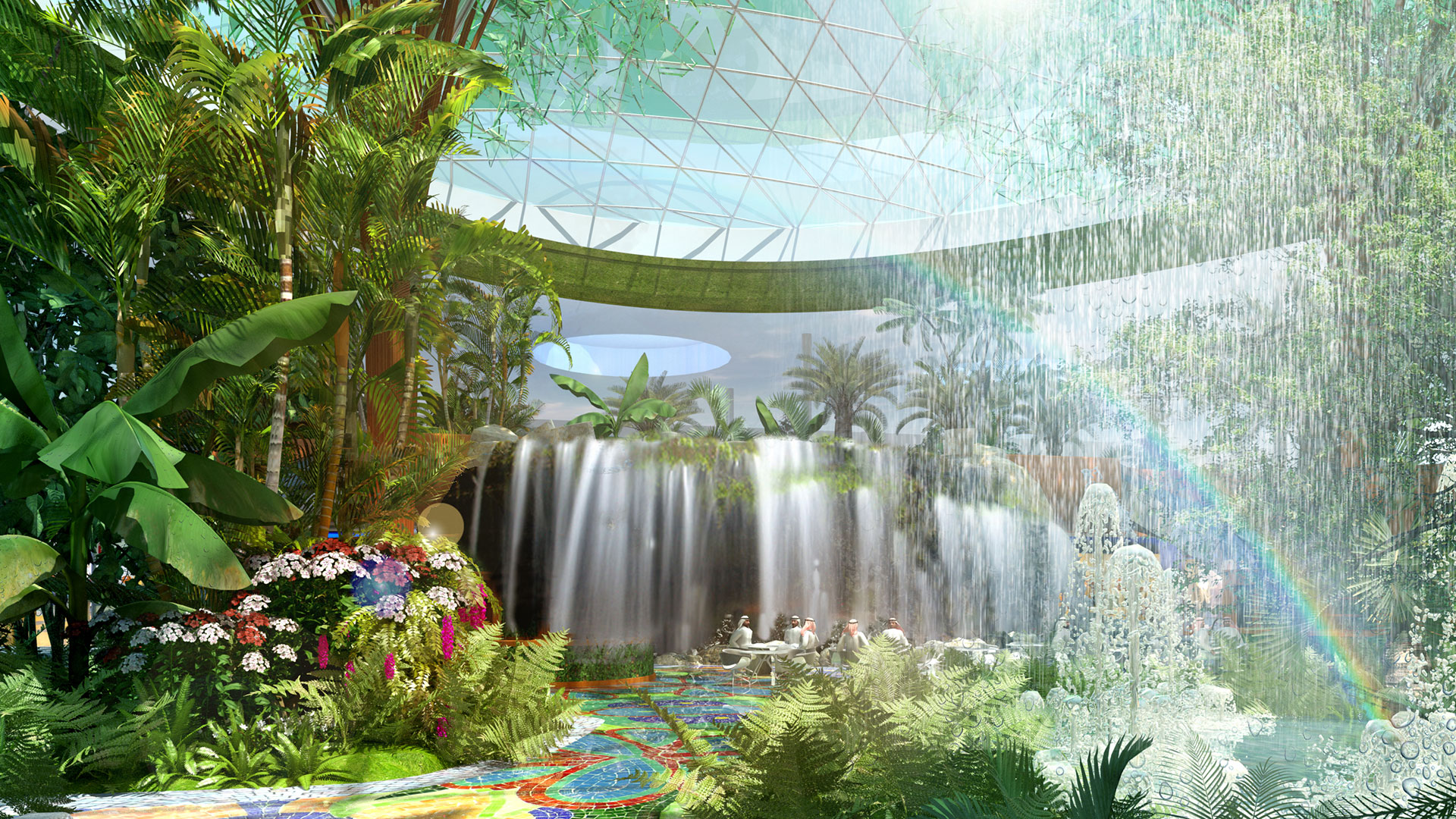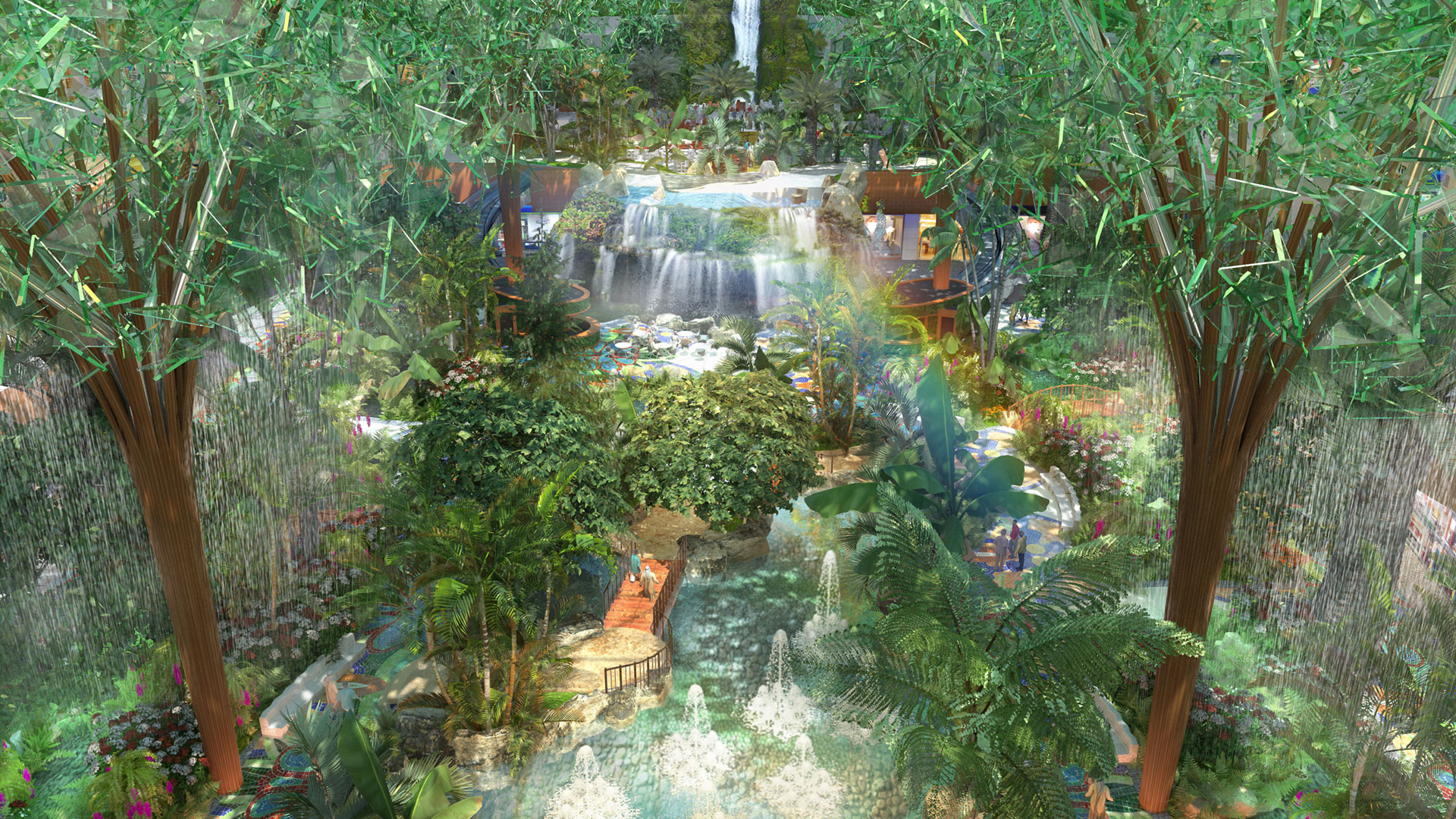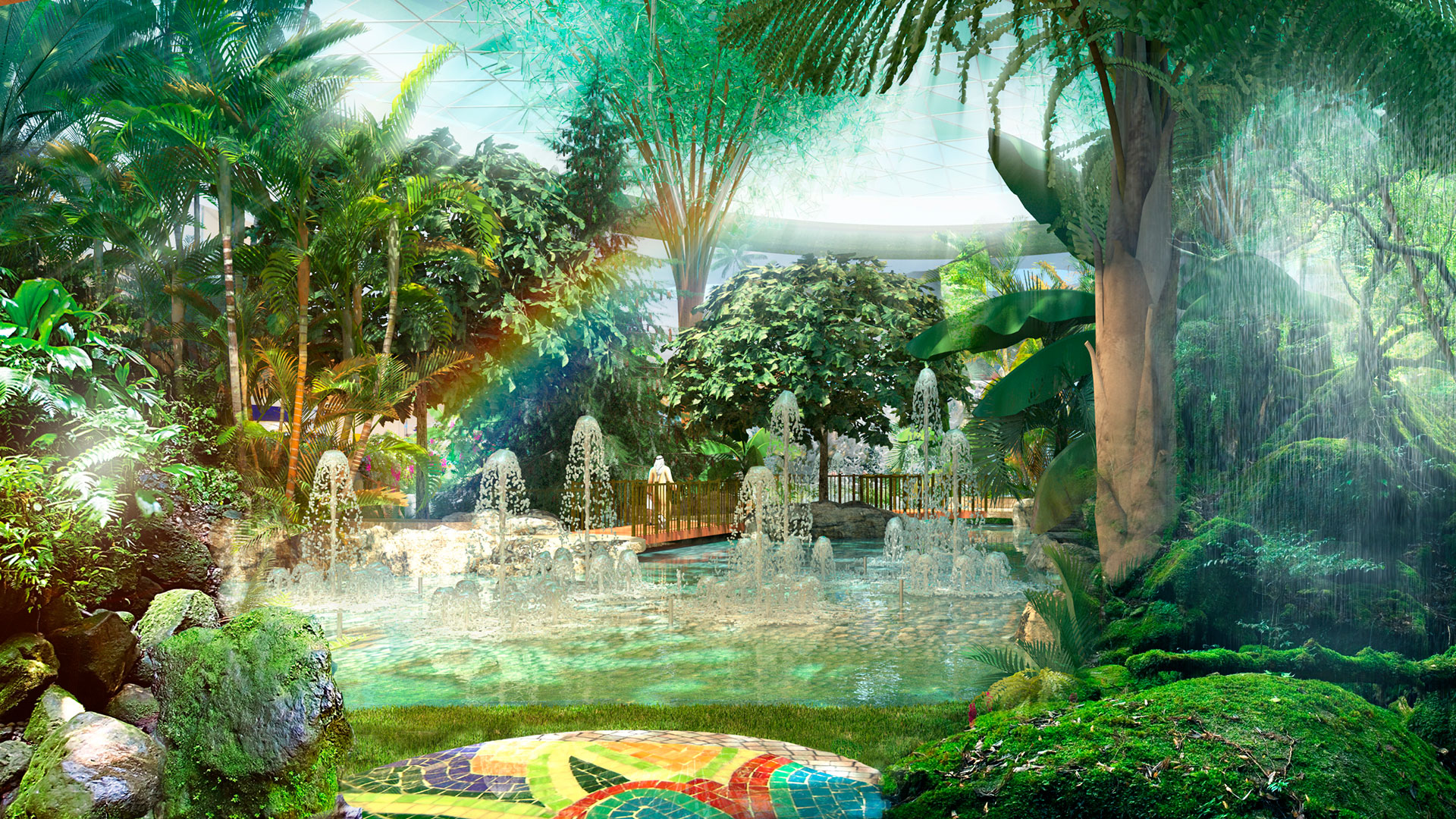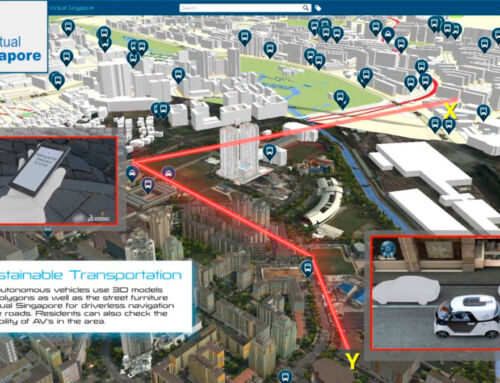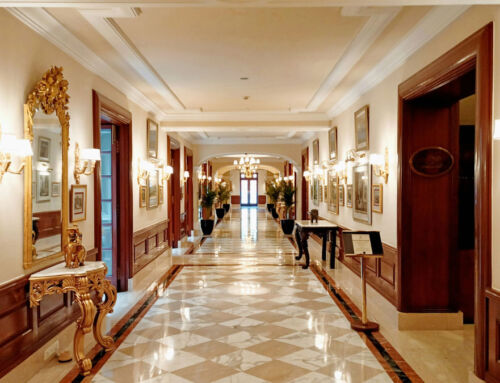When designing a facility, be it a shopping centre, a water park, a hotel or resort, a mixed-use complex, etc., the concept of “target audience” is often used as a fundamental guiding and defining element. In order to portray the target audience as closely as possible, it’s usual to determine the distribution of parameters such as age, gender, marital status, socio-economic status and other demographic data. These parameters are usually established with the help of statistics, so that the target audience ends up representing the average or, in other words, a majority (using a Gaussian bell), within a social group or geographical environment. It therefore leaves aside and disregards, as minority and irrelevant, those segments of the public that are too far away from the average.
However, the latest proposals in this respect and the debate around this issue are oriented towards a broader inclusion and an optimisation of the facilities, so that they also accommodate the other parts of the audience. To this end, they propose that segmentation should be based on mentalities rather than statistical parameters. In this way, the designs of collective facilities would cater to these mentalities, so that each visitor or each user, of whatever condition, would find their own itinerary and create their own experience in them. The model according to which one experience fits all would no longer hold. This is perhaps why there is now a trend towards a fusion of uses of facilities in general, or also a broadening of the options for the use of the same facility.
Historically, there have been four main uses of buildings and facilities: commercial, residential, leisure (in a broad sense, including hospitality), and professional. Now, the boundary between these four uses is disappearing and the orientation in the design of collective spaces towards the combined use for the public to live-work-play is growing ostensibly. Education, welfare and leisure, medical services, cultural facilities, sports, community spaces and other services are uses that are now integrated in places suitable for the multiple mentalities of the users. It is in this sense that each of them, each visitor, each member of the public (no longer “target”, but integral) finds in the facility their particular route, the experience that fits their mentality. This is how mixed use becomes combined use.
In short, the new proposals suggest replacing the statistical parameters that define the public with the fundamental motivations that lead them to use the common spaces. So, instead of assigning each type of person to a customer itinerary, several itineraries are designed for the customer to choose from. The segmentation of mindsets would therefore make it possible to identify behavioural trends, without resorting to fixed demographic data. In this way, the audience would be divided into archetypes based on emotional needs and desires. Although still a developing field, we have found a proposal that, by way of example, divides mindsets into four archetypes:
– High-structure mindset, with preconceived ideas and expectations based on previous experiences.
– Low-structure mindset, where the user is driven by the experience and emotion of the moment, to be guided by an open mind.
– Broad-scope mindset, which would consist of a tendency to approach a situation with anticipation of future events.
– And finally, the short-range mindset, which tends to act in the short term, without prejudicing the possibility of broadening its scope at a later time.
Probably the most effective strategy is to cross both options, using demographic parameters and identifying associated mindset segments.
Sources: Urban Land, Commercial Property Executive, Medium.
Images: Amusement Logic


